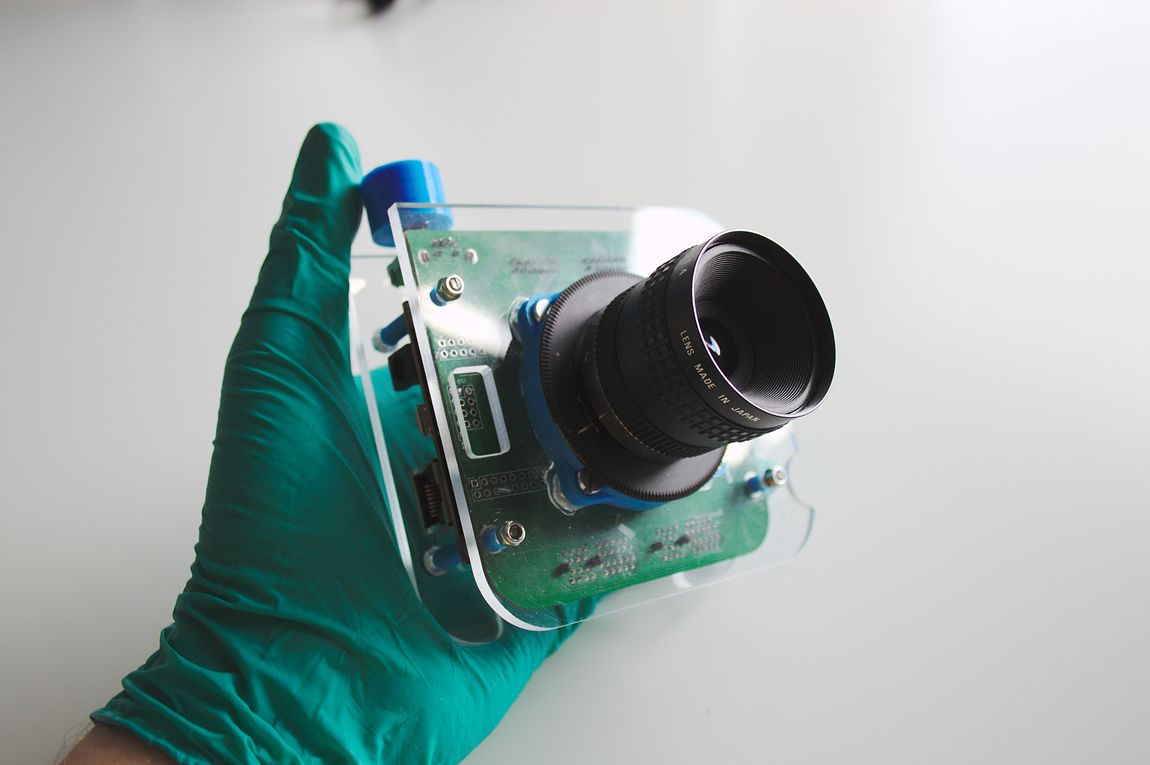Difference between revisions of "AXIOM Micro"
| Line 7: | Line 7: | ||
''" | ''"AXIOM Micro uses a Xilinx Zynq FPGA SoC but this has been implemented using low-cost components. Naturally, with a budget image sensor, and when compared with the Micro's inspiration (AXIOM Beta), overall image quality is greatly reduced, however, the camera isn't intended for film-making and photography, rather, for exploring and expanding on ideas and concepts related to software or hardware that could, ultimately, be implemented into AXIOM Beta Firmare etc."'' - vup & anuejn. | ||
To reduce work, most parts of the AXIOM Beta's [https://wiki.apertus.org/index.php/AXIOM_Beta/Manual#Firmware software] should be used. Only the bitstream should be a custom development as this doesn't have to be up-streamed. | To reduce work, most parts of the AXIOM Beta's [https://wiki.apertus.org/index.php/AXIOM_Beta/Manual#Firmware software] should be used. Only the bitstream should be a custom development as this doesn't have to be up-streamed. | ||
Revision as of 22:45, 17 May 2019
1 Introduction
Whilst AXIOM Beta was being showcased at Chaos Communication Congress 2017, two bright developers from Germany became interested in the camera and decided to lay the foundations for a less costly version of the camera (specifically by using a low end image sensor) to create an entry-level platform for software development purposes.
"AXIOM Micro uses a Xilinx Zynq FPGA SoC but this has been implemented using low-cost components. Naturally, with a budget image sensor, and when compared with the Micro's inspiration (AXIOM Beta), overall image quality is greatly reduced, however, the camera isn't intended for film-making and photography, rather, for exploring and expanding on ideas and concepts related to software or hardware that could, ultimately, be implemented into AXIOM Beta Firmare etc." - vup & anuejn.
To reduce work, most parts of the AXIOM Beta's software should be used. Only the bitstream should be a custom development as this doesn't have to be up-streamed.
- GutHub repositories.
2 Features
- AXIOM Beta compatible plugin module and shield slots.
- Less than 150€ BOM cost (see https://octopart.com/bom-tool/HYQ6fs35).
3 Technical Specifications
3.1 Image Sensor
- Non-replacable 1/3" Image Sensor.
- 2.2 × 2.2 µm Pixel size.
- 12 F-Stops Dynamic range.
- ~40dB SNR.
- 2304 × 1296 pixel resolution.
- Full HD video with image stabilisation is possible!
- 60fps theoretical sensor limit.
- 12 bit RAW output.
3.2 Image Processing
- Zynq 7010 FPGA for image processing and controlling tasks.
- Onboard motion sensor.
- Onboard 4GB eMMC for firmware - the SD card slot could be used for recording.
- USB 2.0 OTG & Gigabit Ethernet.
4 Camera Structure
The AXIOM Micro uses a similar mechanical concept as the AXIOM Beta - An of the shelf FPGA development board is stacked on top of custom boards. However, the AXIOM Micro only uses one board to handle the camera's power management, image sensor interfacing and for holding the plugin modules.
It also employs the same lens-mount mounting system as the Beta (E-Mount). This allows you to use the same lens mount adapter. Some lens-mounts need thick disks to be positioned between the lens-mount and a lens-mount adapter in order to achieve the correct flange distance. For example, the micro-four-thirds mount needs to be combined with the 5mm shim.
The current enclosure design for AXIOM Micro allows access to the PCB and mainly consists of cnc milled sheets of acrylic glass for the front and back side and spacers. It allows for mounting on two 15mm rig type rails.
CAD files can be downloaded here.
5 Development
To develop the PCBs, simply clone this repository with:
git clone --recursive https://gitlab.com/anuejn/axiom-micro-hardware
Then use Kicad to edit the schematics and PCB.
Warning: This Project uses submodules. when you clone without --recursive Kicad wont find some libraries!
